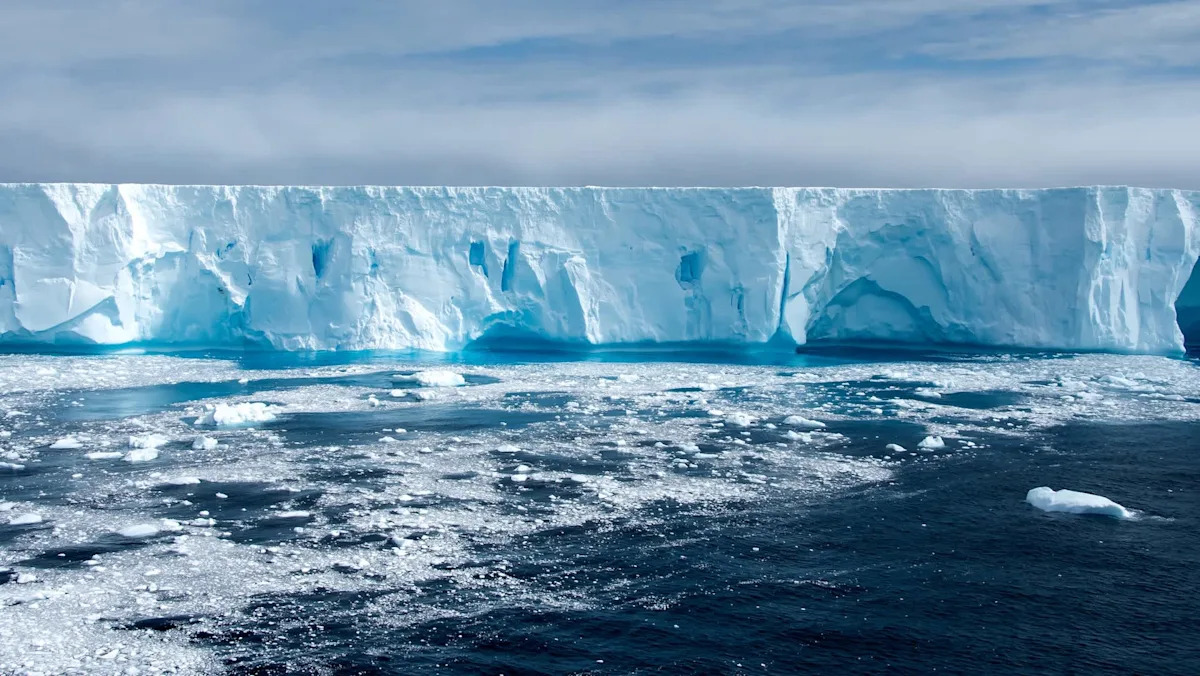When a glacier the size of Great Britain is on the brink of melting into the ocean, scientists have to get creative.
One radical proposal? Install giant underwater curtains around Antarctica’s Thwaites Glacier to save it from melting.
What’s happening?
Carbon pollution is warming the planet, and polar regions are heating up especially fast. Thwaites Glacier is already losing 50 billion metric tons of ice each year, Mongabay reported.
If it collapses, sea levels could potentially rise by two feet.
Why are rising sea levels important?
Warm ocean temperatures can cause glaciers to melt into the ocean, contributing to sea level rise and threatening coastal communities around the world. As storms become more frequent and intense, the risk of coastal floods becomes more imminent.
Higher sea levels also threaten human health. They make it easier for disease to spread, and they threaten our food systems by contaminating water supplies and contributing to the loss of agricultural land.
What’s being done about melting polar icecaps?
Some scientists have proposed an $80 billion project that would install seabed curtains around the glacier to prevent warm water from reaching it.
The idea was first proposed by John Moore, a glaciologist with Finland’s University of Lapland. He says that the costs of exploring the option far outweigh the potential risks of letting sea levels rise unabated. “It’s a no-brainer to think, ‘Do we spend $10 million finding out if this works? Or do we lose $10 trillion for doing nothing?'” Moore told Mongabay.
However, some scientists argue that geoengineering proposals like the Seabed Curtain Project could give industries and politicians an excuse to ignore the root cause of polar ice melt: planet-warming carbon pollution.
Anything that you can do to reduce your carbon footprint, from switching to electric appliances to taking public transportation, can go a long way toward staving off the devastating effects of sea level rise.
There are also steps you can take to make your home more resilient in the event that extreme weather events do occur, like installing solar panels alongside battery storage to keep your lights on when the power is out. Using a free service from EnergySage, you can compare quotes from vetted local installers and save up to $10,000 on solar installations.
It’s also a good idea to have an evacuation plan and to stock up on essential supplies so that you can be prepared if extreme weather strikes.
Join our free newsletter for good news and useful tips, and don’t miss this cool list of easy ways to help yourself while helping the planet.
